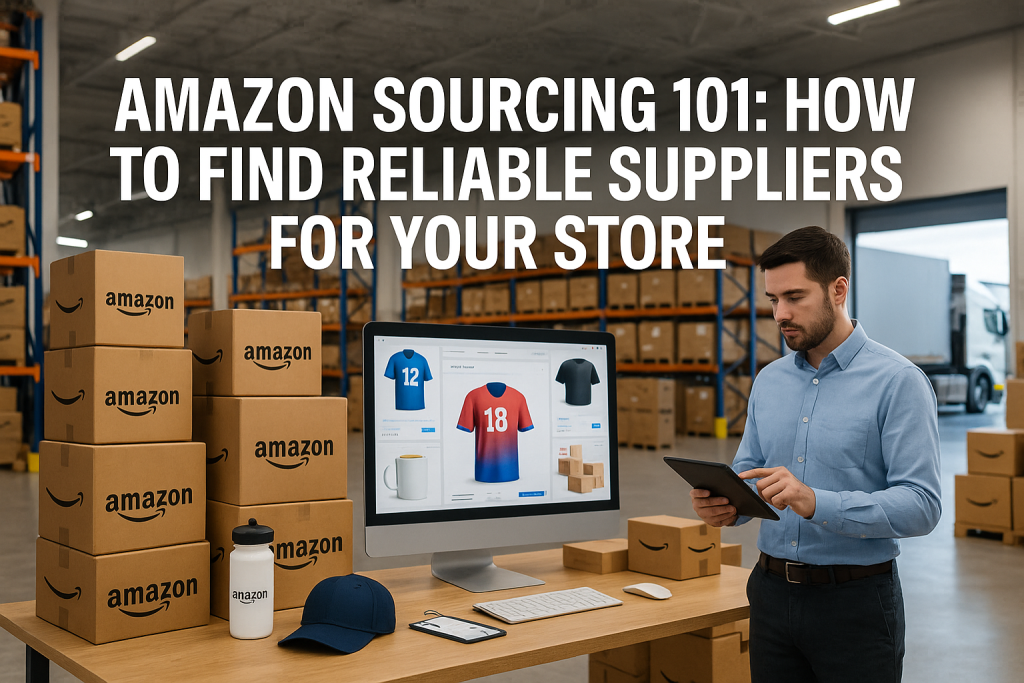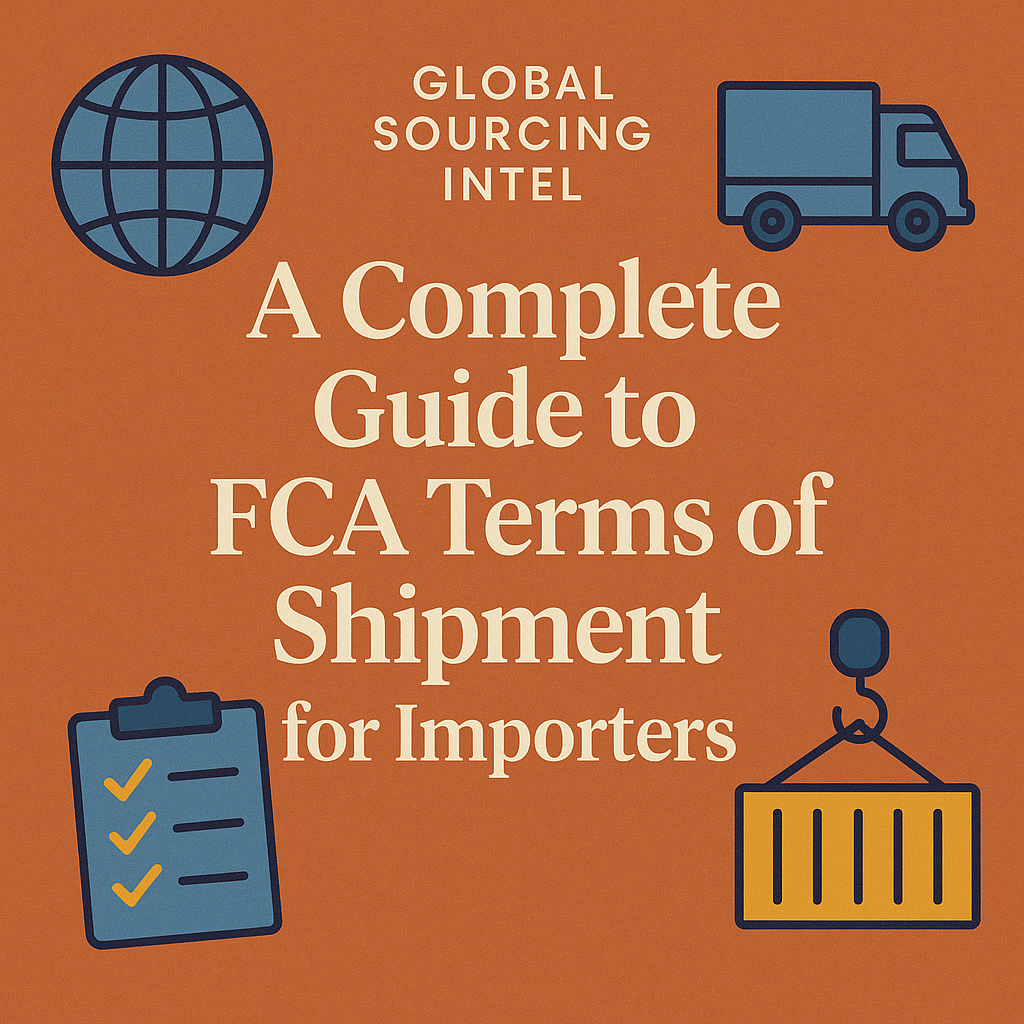Welcome to our guide on finding trustworthy partners for your Amazon business. If you’re looking to grow your store and avoid common pitfalls, “amazon sourcing” is a crucial piece of the puzzle.
In this post, we’ll walk through how to locate reliable manufacturers and wholesalers, discuss useful tools, and highlight essential trends in the marketplace. By the end, you’ll have a clear plan for successful product sourcing on Amazon.
Amazon Sourcing Basics
Most sellers begin their amazon sourcing journey by looking for products that are in high demand and have solid profit margins. In fact, studies show there are over 9.7 million Amazon sellers worldwide, with 3 million labeled as active sellers.
Of those, 67% are based in the U.S. and 86% run their operations from home. This means competition is fierce, but it also points to a huge opportunity for anyone who sources products the right way.
One major factor is deciding where to locate your suppliers. According to research, 71% of Amazon sellers source their products from China, but many now explore options in India, Vietnam, Turkey, and more.
This reflects a recent trend toward diversifying supply chains and reducing geopolitical risks. If you can find a cost-effective manufacturer who meets high quality standards, you’ll have a steady stream of products that can thrive in Amazon’s competitive marketplace.
Key Terms to Know
- Private Label: Creating your own brand or label to sell on Amazon. About 59% of Amazon sellers focus on private label as their main approach.
- Fulfillment by Amazon (FBA): A service where Amazon stores, packs, and ships items for you. Around 62% of sellers use FBA, and many see a 30-50% boost in sales compared to those who don’t.
- Dropshipping: You list a product on Amazon but rely on the manufacturer to ship it directly to the customer.
- Retail Arbitrage: You buy items at a lower price from brick-and-mortar stores or other places, then resell them on Amazon for a profit.
- Omnichannel Selling: Offering your products on several sites—like Amazon, eBay, and Shopify—to reach as many customers as possible. About 60% of Amazon sellers also sell on at least one other platform.
Amazon Sourcing: Why It Matters for Your Store
One of the biggest advantages of amazon sourcing is its impact on the overall health of your business. By picking a reliable supplier, you can reduce issues with shipping delays, product defects, and stock shortages.
This helps your store maintain positive reviews, which in turn boosts sales. Plus, the right suppliers are more likely to offer favorable terms, letting you manage cash flow more effectively.
In addition to reliability, sustainability is growing in importance. According to a recent survey, 85% of procurement decision-makers want suppliers who follow sustainable practices because it supports the company’s larger sustainability goals.
Sourcing from eco-friendly and ethically responsible suppliers can set you apart in a crowded marketplace. More customers are now looking for responsible brands, so focusing on sustainable and high-quality product lines can improve both sales and reputation.
Recent Trends in Amazon Sourcing
- Diversification of Sourcing Locations: Industry experts see an increase in sellers looking outside of China to places like India or Vietnam.
- Emphasis on Sustainable Practices: Both customers and procurement teams value manufacturers who follow ethical and green practices.
- Integration of AI: Tools powered by artificial intelligence predict demand and improve product listings, making sourcing more efficient.
- Rise of Omnichannel Selling: Many Amazon sellers also sell on eBay, Shopify, or Walmart to grow sales and reduce dependence on one platform.
Amazon Sourcing: How to Find Reliable Suppliers
Finding reliable manufacturers or wholesalers is the heart of amazon sourcing. You’ll want to vet potential suppliers thoroughly to avoid quality issues or hidden costs. Below are some practical steps to guide your search.
- Search Reputable Platforms
• Zignify Global Product Sourcing: They have sourcing specialists in many countries, including India, Vietnam, Turkey, and Poland. They handle everything from audits to negotiation.
• Global Sources: Based in Hong Kong, this platform connects sellers with suppliers from multiple countries, such as South Korea and Indonesia.
• SaleHoo: A directory of vetted suppliers in the U.S., UK, Canada, and Australia, perfect for smaller Amazon sellers.
• Worldwide Brands: A database specifically for U.S.-based wholesalers that are certified and ready to work with e-commerce stores. - Conduct Proper Audits and Sample Orders
Before committing to large orders, inspect a sample of the product for quality. Supplier audits are especially important in countries where you may not have an on-site team. A professional audit often checks the factory’s production capabilities, worker conditions, and compliance with safety regulations. - Use FBA Prep or 3PL Services
If you want help with labeling, bundling, and shipping, companies like Kitting & Assembly Solutions, Red Stag Fulfillment, or Shipmate Fulfillment can manage these tasks. This setup allows you to focus on scaling your business rather than getting bogged down in daily logistics.
Negotiating with Potential Suppliers
It’s wise to ask potential suppliers about minimum order quantities (MOQs), lead times, and quality assurance checks. If a supplier can’t meet your quality standards, it may be worth searching elsewhere. Negotiation can also extend to payment terms. Some suppliers may offer better terms if they trust you’ll be a long-term client.
Checking Compliance and Certifications
Depending on your product category, you may need specific certifications, like FDA approval for health products. Always be sure your supplier can provide the correct paperwork to avoid legal issues on Amazon’s marketplace. If you plan to place a large order, consider a third-party test for product safety and compliance.

Amazon Sourcing: Top Tools and Resources
Data-driven decisions are essential for successful amazon sourcing. The right tools simplify product research, track competition, and forecast demand. Integrating these solutions into your daily workflow can save you time and money.
- Helium 10
This platform helps you discover profitable keywords, analyze competitors, and find hidden product opportunities. By examining search volumes, you can spot trends early. - Jungle Scout
Jungle Scout offers sales analysis, a supplier database, and market intelligence reports. It’s a common choice for sellers who want a user-friendly dashboard to predict monthly sales and track product performance over time. - ZonGuru
Known for its profitability analyzer and listing optimization, ZonGuru makes it easier to figure out how much profit a certain product may generate. Good for keeping track of your margins and product viability. - Keepa
Keepa is an excellent tool for monitoring historical price spikes and drops. This feature is especially handy for retail arbitrage and for recognizing if a product’s price changes often, which can affect profit margins. - AMZScout
With its Product Database and PRO Extension, AMZScout helps find winning product ideas and suppliers. It streamlines the process by showing potential sales, revenue estimates, and supplier options.
Advertising Insights
Research indicates that 84% of businesses on Amazon use ads to promote their products, and 58% of them invest in pay-per-click (PPC) ads. By combining a solid product sourcing strategy with strong marketing, you can tap into Amazon’s huge customer base. PPC helps in gaining visibility, but success really depends on offering a product that meets demand at the right price.
FBA vs. Self-Fulfillment
Choosing between FBA and self-fulfillment is another big decision. Around 62% of Amazon sellers use FBA because it can boost sales by 30-50%. FBA is convenient if you have less time for shipping and returns, but there are fulfillment fees to consider. Self-fulfillment gives you more control and possibly lower costs if you can handle logistics efficiently.
Conclusion
In today’s competitive marketplace, a solid amazon sourcing strategy can set your business apart. From identifying the right manufacturer to leveraging tools such as Helium 10 and Jungle Scout, you’ll make better decisions for your product lineup.
Remember, 71% of sellers still choose to source from China, but the trend toward exploring locations like Vietnam or India is growing. Staying ahead of these shifts and emphasizing sustainability can give you a competitive edge.
As you move forward with amazon sourcing, keep the basics in mind: check supplier reliability, ensure product quality, and stay updated on market trends. By doing so, you’ll build a stronger foundation for your Amazon store and establish a reliable supply chain that supports your long-term growth.



